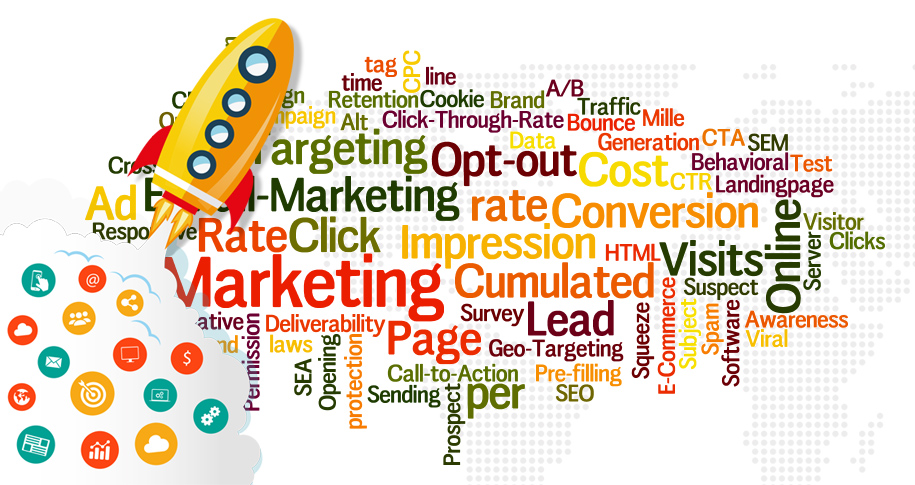What Is Opt-InWhat Is Opt-In?
Opt-in refers to the ... More?
Opt-inWhat Is Opt-In?
Opt-in refers to the ... More refers to the process where a user gives their explicit consent to receive communications, such as emails, newsletters, or marketing messages, from a business or organization. Opting in is an essential part of permission-based marketing and ensures that businesses can engage with customers while respecting their privacy preferences. This practice is widely used for email marketingWhat Is Email Marketing?
Email market... More campaigns, subscription-based services, and lead generationWhat Is Lead Generation?
Lead generat... More.
Why Is Opt-InWhat Is Opt-In?
Opt-in refers to the ... More Important?
- Compliance with Laws and Regulations
- Opt-inWhat Is Opt-In?
Opt-in refers to the ... More ensures that businesses comply with data privacy laws like GDPR (General Data Protection Regulation) and CAN-SPAM, which require businesses to obtain explicit consent before sending marketing communications. - Example: A user must actively check a box to subscribe to an email list or provide a valid email address for newsletters, ensuring compliance with privacy regulations.
- Opt-inWhat Is Opt-In?
- Building Trust and Credibility
- By allowing users to opt in voluntarily, businesses show respect for their audience’s preferences and privacy. This helps build trust and strengthens relationships with potential customers.
- Example: A website that asks users to opt-inWhat Is Opt-In?
Opt-in refers to the ... More for receiving content upgrades, like an eBook or checklist, increases trust as users know they are in control of their data.
- Increased Engagement
- People who opt in are more likely to engage with your content and marketing messages because they have explicitly expressed interest. This leads to higher open rates, click-through rates, and conversion rates.
- Example: A company that sends tailored offers to individuals who opt into its email list is more likely to generate meaningful engagement, as the recipients have shown interest in the brand.
- Higher Quality Leads
- Opt-inWhat Is Opt-In?
Opt-in refers to the ... More marketing generates more qualified leads since the people who subscribe or opt in have already shown interest in your brand. This leads to more targeted communication and higher conversion rates. - Example: A user opting into a free webinar or white paper download is likely to be a potential customer, as they have expressed interest in the subject matter.
- Opt-inWhat Is Opt-In?
- Reduced Spam Complaints
- By obtaining consent through an opt-inWhat Is Opt-In?
Opt-in refers to the ... More process, businesses minimize the risk of being marked as spam. Since subscribers have given their approval, they are more likely to appreciate the communications and less likely to report the messages as spam. - Example: A company that implements a double opt-inWhat Is Opt-In?
Opt-in refers to the ... More system, where users confirm their subscription via email, ensures that only interested individuals receive further emails, reducing the chance of complaints.
- By obtaining consent through an opt-inWhat Is Opt-In?
How to Implement Opt-InWhat Is Opt-In?
Opt-in refers to the ... More Effectively
- Use Clear and Simple Opt-InWhat Is Opt-In?
Opt-in refers to the ... More Forms- Make the opt-inWhat Is Opt-In?
Opt-in refers to the ... More process as straightforward as possible. Ensure that the forms are easy to fill out and clearly communicate what users are subscribing to. This helps reduce confusion and encourages more users to opt in. - Example: An email list sign-up form that includes a simple checkbox, asking users if they want to receive newsletters or special offers, will be more effective.
- Make the opt-inWhat Is Opt-In?
- Offer Value to Incentivize Opt-InWhat Is Opt-In?
Opt-in refers to the ... More- Offer incentives such as discounts, exclusive content, or access to special events to encourage users to opt in. Providing value makes the opt-inWhat Is Opt-In?
Opt-in refers to the ... More process more attractive and increases conversion rates. - Example: A clothing retailer offering a 10% discount on a first purchase in exchange for joining an email list will encourage more sign-ups.
- Offer incentives such as discounts, exclusive content, or access to special events to encourage users to opt in. Providing value makes the opt-inWhat Is Opt-In?
- Implement Double Opt-InWhat Is Opt-In?
Opt-in refers to the ... More- A double opt-inWhat Is Opt-In?
Opt-in refers to the ... More process, where users confirm their subscription via email, helps ensure that only interested parties are added to your list. This also protects against bots and invalid email addresses. - Example: After a user opts in on a website, send a confirmation email with a link to verify their subscription before adding them to your mailing list.
- A double opt-inWhat Is Opt-In?
- Be Transparent About What Users Will Receive
- Clearly explain what kind of content, emails, or offers subscribers will receive and how often. This helps manage expectations and reduces the likelihood of unsubscribes.
- Example: If you’re offering a newsletter, specify whether it will be weekly, bi-weekly, or monthly and what type of content will be included.
- Respect Unsubscribes
- Make it easy for users to unsubscribe if they no longer wish to receive communications. Ensuring a hassle-free unsubscription process builds goodwill and maintains a positive brand image.
- Example: An email footer that includes an “Unsubscribe” link allows users to opt-out of future emails at any time.
Conclusion
Opt-inWhat Is Opt-In?
Opt-in refers to the ... More marketing is a powerful tool for building relationships with potential customers while complying with privacy regulations. By gaining explicit consent, offering value, and respecting subscribers’ preferences, businesses can increase engagement, generate quality leads, and improve the effectiveness of their marketing campaigns.
